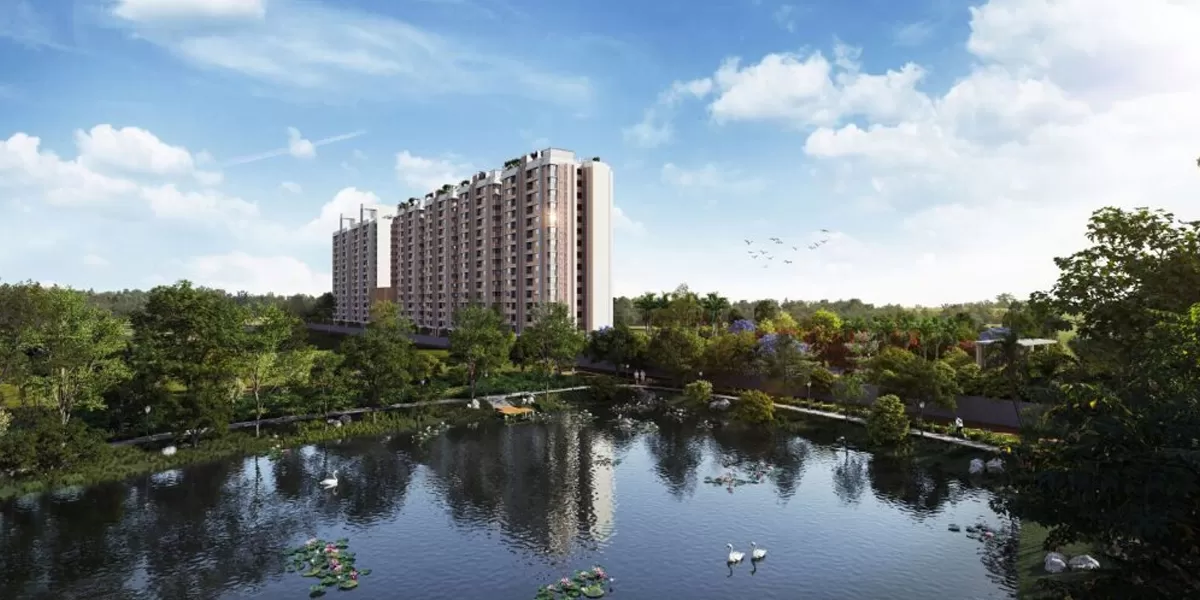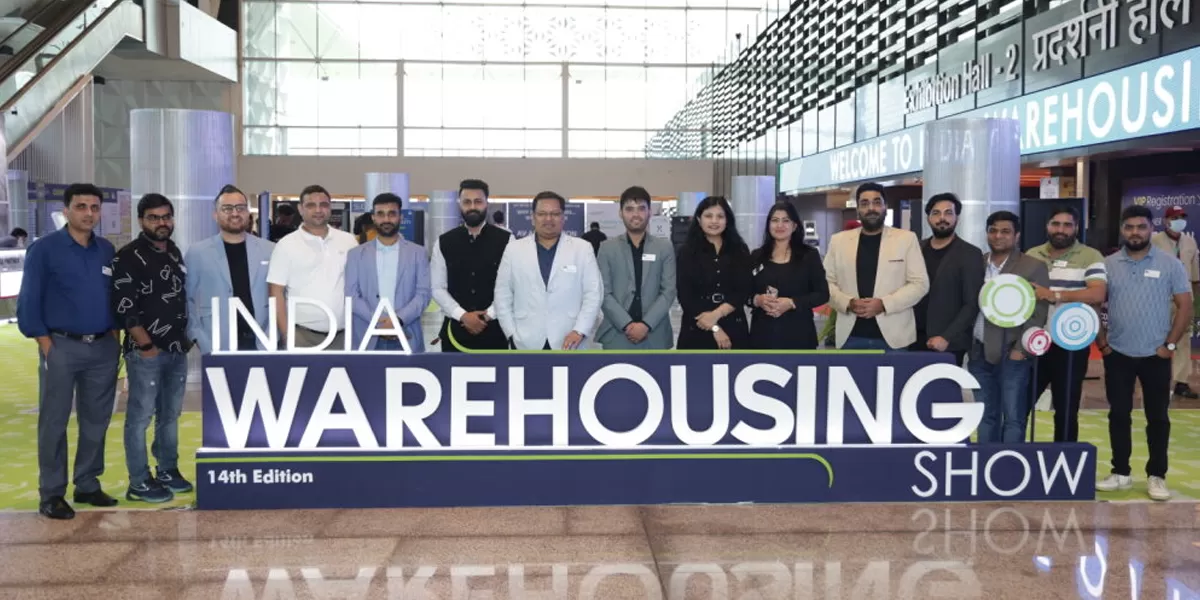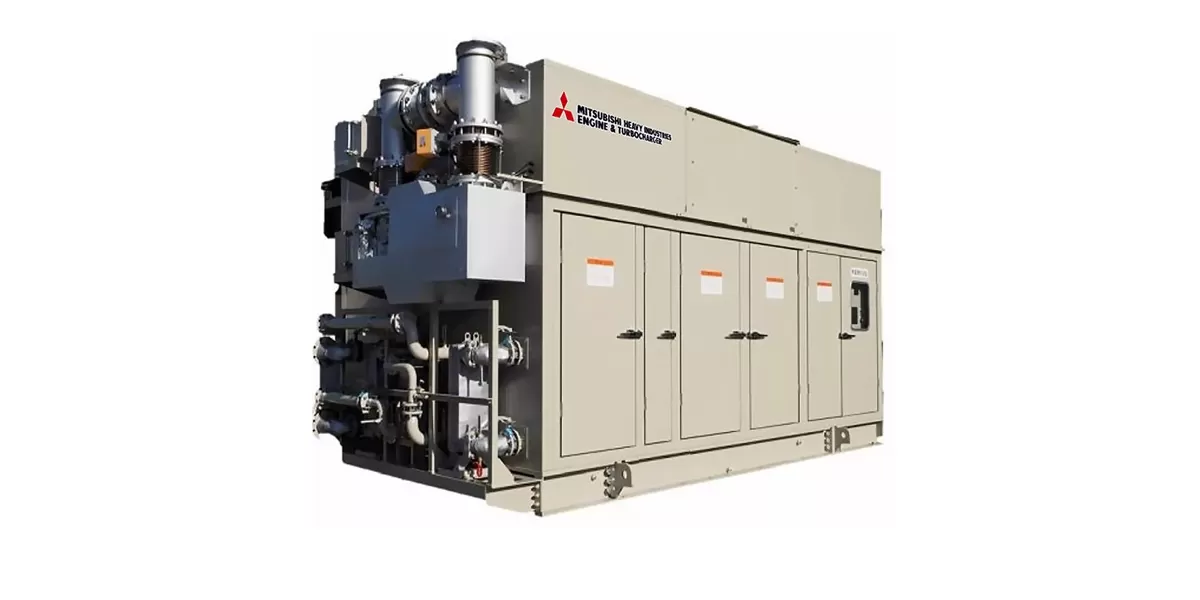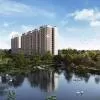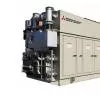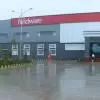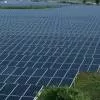The Geosynthetic Advantage
01 Apr 2018
5 Min Read
Editorial Team
<span style="font-weight: bold;">Here's how the single largest reinforced soil project has been executed in India.</span><br />
<br />
India has completed the construction of its largest reinforced soil wall project, expanding NH-8 to six lanes. The wall expands through the congested stretch of NH-48 (which extends from Mumbai to Delhi) between the two major cities of Ahmedabad and Vadodara in Gujarat. <br />
<br />
<span style="font-weight: bold;">The requirement </span><br />
The NHAI required that the 102.30-km stretch between Vadodara and Ahmedabad be converted from four to six lanes as part of its expansion programme for NH-48. This expansion project was awarded to IRB Infrastructure Developers. <br />
<br />
The project included 46 crossovers where the highway traverses over internal roads of towns and villages as well as three railway crossings. <br />
<br />
IRB approached Strata Geosystems for its soil re-engineering and geotechnical solutions. 'This was a demanding project because the highway was a vital entry path for commercial goods into the state,' says <span style="font-weight: bold;">Mujib Katrawala, COO, Strata Geosystems (India).</span> 'The area covered by us in this project included more than 292,610 sq m of wall fascia spread over 46 structures. This project was the first ultra mega highway project released by the government in 2011, and is the single largest reinforced soil project ever executed in India by one company.' Katrawala shares more on the solution offered and its success.<br />
<br />
<span style="font-weight: bold;">Bettering conventional methods</span><br />
The conventional solution to support approach ramps for the crossovers would be reinforced concrete retaining walls designed as cantilever walls or walls with counterforts. The costs of such walls for each structure would be colossal; with 46 such structures, project costs would have shot up with a strong impact on project economics. Such walls are time-consuming to construct and would have a bearing on project schedule priorities and further impact on project economics. <br />
<br />
There was a dire need for an innovative technology and superior construction quality for a project of this kind. IRB approached Strata Geosystems for its product StrataGrid, which has a proven record as a technically superior, economical, and environment-friendly solution for soil reinforcement. Strata provided a turnkey solution by playing many different roles: Manufacturer, supplier, planner, designerand executor. <br />
<br />
<span style="font-weight: bold;">Soil re-engineering and geotechnical solutions </span><br />
Strata advocated reinforced soil structures as they are simple, faster to construct and cost-effective. The basic principle is to construct two parallel reinforced soil structures retaining earth backfill in between. The reinforced soil walls were constructed with locally available non-plastic soils and StrataGrid polyester knitted geogrids as soil reinforcement. It is a high-tenacity polyester yarn knitted into a dimensionally stable network of apertures, providing tensile capacity. The manufacturing and supply of StrataGrid was from the company's manufacturing facility in Daman and was intricately planned to meet a tight delivery timeline. The project required 3 million sq m of StrataGrid.<br />
<br />
The fascia of the structure comprised StrataBlock precast segmental concrete blocks. This system of reinforced soil structures is cost-effective, easier and less time consuming to construct and comes with a robust quality control system. StrataBlock reinforced soil wall is a composite system consisting of concrete block units in combination with a mass of soil reinforced and stabilised by StrataGrid. They can be used as reinforced soil structures. <br />
<br />
<span style="font-weight: bold;">Applications</span><br />
Geosynthetics can be used in a wide variety of applications. Strata has implemented geosynthetics on green roofs, under paved and unpaved roads, and for upcoming townships, tree root protection, container yards, windmill support, reservoir lining, etc. There are no limits to the uses of geosynthetics given the power of the technology. <br />
<br />
<span style="font-weight: bold;">The challenges </span><br />
While the project was being executed, Strata also designed a temporary reinforced slope to enable smooth movement of road traffic. We faced several unforeseen underground obstacles including challenges with handling material amid heavy traffic and confronting high groundwater conditions. To be able to manage four different casting yards, engage engineers and managers to supervise over 500 workers, plan for large quantities of raw material, and complete 46 structures on time can become a logistical nightmare. However, we achieved this with the support of a talented, dedicated, and hard-working team.<br />
<br />
<span style="font-weight: bold;">The success</span><br />
The reinforced soil wall system was the most preferred solution as it is easy to install and the most cost-effective method for these situations. Through this method, we were able to use locally available infill soil, which reduces time and costs significantly. Compared to the conventional approach, reinforced soil structures were cost and time-effective. We were present throughout the project life-cycle: Manufacturing, providing detailed designs, and finally constructing the walls using on-site casting machines. Given that Strata is the largest block manufacturer in India, the ability to cast blocks in an efficient manner enabled a short project life-cycle. Also, as we manufacture our own geogrid, delivery of products was not a problem.<br />
The turnkey solution provider model was evidently a huge advantage to this project.<br />
<br />
<span style="font-weight: bold;">- SERAPHINA D'SOUZA</span><br />
